
Total Football Journeyman: Back To Where It All Started
I could have called this piece, “Total Overloads Take 3.0” before settling on a more catchy title. Some might remember my old article exploring Pep Guardiola’s tactics and overloads. It’s okay if you do not, I don’t mind. There’s been so much change in my writing and tactics since FM19 that I don’t even remember everything myself. It has been an educative journey into football history and learning the intricacies of FM games. I prefer to think of my series as an evolving improvement process with each new article. Sometimes it makes for a fascinating topic but then peters off without influencing future articles. Mostly, I retain something to integrate into my ongoing quest for beautiful fluid football in FM20. Total Football if you will. So you can think of the following as a culmination of all my efforts to master FM’s tactic creator and use to its max.
Lessons from History
There are not many people these days who still remember that trophy-brandishing elderly man in the photo. His face might not be as instantly memorable as that of Rinus Michels or Alex Ferguson. But he is probably the greatest manager of all time. Why? It is simple, he is the only football manager to ever win two FIFA World Cups. And his name was Vittorio Pozzo. How about that for a history lesson.
Pozzo was the manager of Italy’s national team during 1930s. It was the time of much political upheaval as Dictator Mussolini’s hold over the country tightened.

But it was also when Italy was at the top of World’s football. At the world stage nobody had the answer to Pozzo’s revolutionary “Il Metodo” system. His innovation was rather simple. It was to take two forwards and drop them into midfield as supporting inside forwards or half-wingers (mezzali in Italian). This way his formation looked almost like a prototypical 4-3-3 in its defensive phase. In attack it would quickly turn into a 2-3-5, which was more common at the time. A seemingly small change. But one that would eventually mean everything for technical possession-based football and the eventual evolution of Dutch 4-3-3.
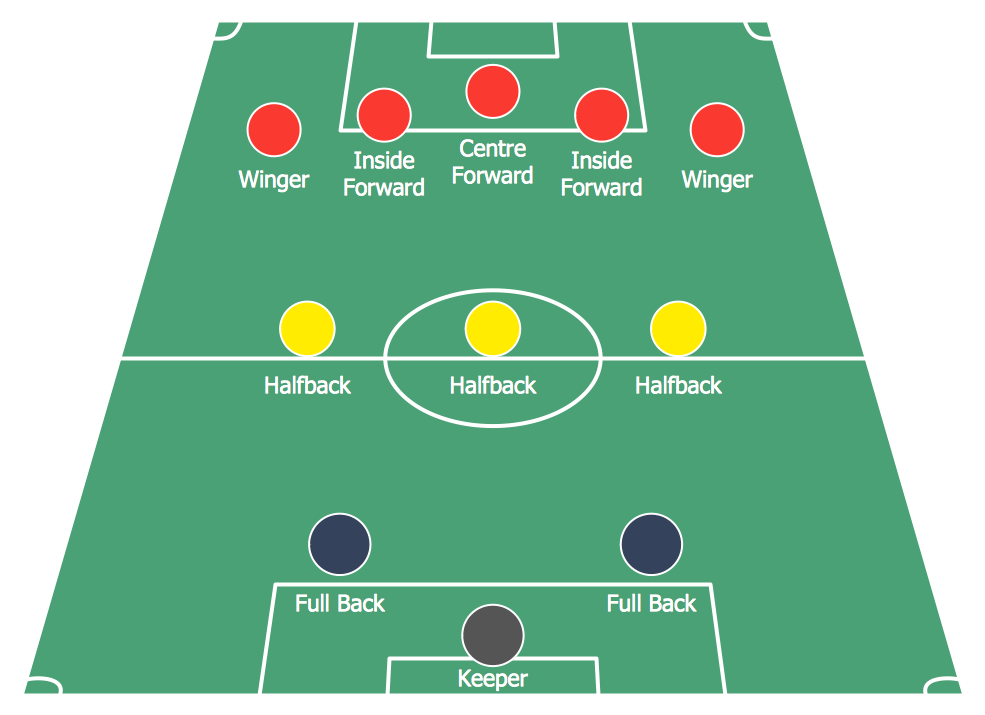
Before Pozzo’s Metodo, the 2-3-5 shape was all about attack. Extremely top heavy formation with its five forwards, it didn’t allow much room for patient passing or slow transition build-up. And from late 19th century to pre-1930s era, that is generally how the game was played.
Aggressive, almost no-holds-barred, attacking football. The Pyramid (because 2-3-5 actually looked like an inverted pyramid) was how that first ever successful football formation was known. Starting in 1890s the Pyramid spread from the lawns of Cambridge University. In some 30 years it would permeate almost every top-level team in the world. Then in 1930s, change came from two sources, and over 1000 miles apart.
Sistema and Metodo
In the years after World War I, by evolution, from the pyramid, two tactical systems originated simultaneously: the WM, or ‘sistema’, practiced by the Arsenal side of Herbert Chapman, and the ‘metodo’, whose fathers are commonly identified as Vittorio Pozzo and his friend and rival Hugo Meisl, who served as the manager of the Austria national football team for 25 years.
Wikipedia
Herbert Chapman oversaw one of the most successful eras in Arsenal’s history. The success was largely due to his modification of the old and tested 2-3-5 Pyramid. Chapman saw the offside rule change in mid-20s as his cue to make his tactic more balanced. To do this he reduced the striker number and increased the number of defenders. This led to the introduction of a centre-back role to stop the opposing centre-forward. A rebalancing act that allowed Arsenal and Champman’s new WM formation to become one of the best counter-attacking systems of its time. Thus it was much more defensive than the simultaneously-developed Metodo. In attack WM resembled a 3-4-3 and relied on quick transitions and direct forward play. In Italy, Chapman’s WM was very influential and became simply known as Sistema. Without the System there would have been no Catenaccio.
Compared to sistema, Pozzo pushed the centre-back forward, not to act as a third defender but as a deep playmaker. By filling the gap between the half-backs and the mezzali, the style of play was affected. At the same time, by pulling the inside forwards (mezzali) back, affected the nature of the formation. As a 2-3-2-3 or WW, Metodo relied much more on central passing build-up rather then absorbing pressure and fast counter-attacks.
The Metodo system was basically the Tiki-Taka of its time. And not that different from how The Orange played in the 1970s. The Method required a highly technical team that favoured a slower game of possession and lots of short passing. This was in contrast to Chapman’s Sistema, with its faster, more aggressive, and athletic gameplay. Both were successful in their own way, but Pozzo definitely laid the foundation for that beautiful fluid style we know and love as Total Football today.
The Birth of The Metodista
Centromediano metodista was the linch-pin of Vittorio Pozzo’s WW formation. He held the key position at the bottom of the diamond formed between the two half-wings and the central forward. This important role also sat in central position in front of the defence and between the two half-backs. This was unlike Chapman’s system where the big idea was to play with an extra central fullback, centre-back if you will. Pozzo’s central halfback, centromediano in Italian, was far from a purely defensive role. Centromediano metodista, was effectively a precursor to the regista or deep-lying playmaker role. The metodista’s responsibilities in Pozzo’s system were not entirely defensive but more creative. Metodista was not solely tasked with breaking down possession. Its task was to bring the ball up the field and start attacking plays. Sounds familiar? Again, Pozzo was ahead of his time.
The Advantage of Shape
My ideal Total Football tactic recreation is always to create a 2-3-5 shape in the attacking phase, with at least 5 of my players attacking the opponent’s penalty box. Depending on the formation. some of my previous tactics were more successful at this than others. But if done properly, it can be a good way of breaking down stubborn defences. It seems backwards, especially with a strategy used over 100 years ago, but sometimes much can be learned from history. In fact, it might be seen as groundbreaking and innovative now. Recently, the best teams in the Premier League have all attacked with 5 players. This interesting article by Michael Cox proves just that, the 2-3-5 might not be that crazy any more. Especially when facing parked bus defensive teams.
Liverpool example of a 5-pronged attack:
And Manchester City:
There are two main ways that one can create the legendary 2-3-5. And both stem from clever utilization of the same 4-3-3 shape. Because of clever use of roles and duties, this formation can be solid in defence with 5 players staying back and then quickly turn into a 5 Pronged Attack in attacking phase. For this reason a good old 4-3-3 formation is ideal for this type of 5 Player overload. And in both cases we cannot just overload the opponent willy-nilly with five attacking duty players. No that invites you to be countered (especially by a very defensive side) and is an instant recipe for disaster. On the other hand, the team needs to attack as a compact whole. For this to be achieved in FM20 we need a clever utilization of both team and player mentalities. But more on this later. So let us think it through.
Two Roads to Overload
In the past I often went with the wingback option for width creation. In this case, attack comes from inside forwards/inverted wingers, the width – wingbacks and defensive cover – three central midfielders. Thus the formation can be both very defensively solid and dangerous in attack. In attack, the ideal 2-3-5 is achieved.
For any successful attack, there are two essential factors to be taken into account. You need to create width and have sufficient defensive cover to back up your attack. Depending on the tactic, a 4-3-3 shape can provide width in two main ways: through wingers or wingbacks. Or sometimes a mix of the two. But no formation can be consistently successful in attack and be very narrow. It’s the reason why I worry when I see tactics with all the wide players coming inside. It is just not going to work well.
Mind you, constricting the field by playing very narrow might trick a few opponents, especially if you are by far the superior team. But it is not the best way to use your possession. Often it will make it even easier for a defensive side to defend. Contrarily, your formation needs to create space in order to break down such teams.
The second method to create 2-3-5 is to create width though your wingers. It’s less popular due to the recent shift in the predominance of the inside forward over the traditional winger. It is however the method that Guardiola prefers, ever since his stint with the German giant Bayern. In Germany when faced with many a parked bus, Pep had to think outside the box. And so inverted wingbacks became key to his overall strategy. This hybrid role was not something completely new, as Pep learned about them from his “mad” mentor Marcelo Bielsa.
Similarly to Bielsa, Guardiola’s strategy involves wingbacks acting like midfielders and moving centrally to join the Defensive Midfielder in providing defensive cover. Simultaneously, the brunt of attack comes from the central midfielders, his hybrid 8/10s if you will. There Guardiola puts his best, most creative players. All while the two wingers provide the width, most of the time. Sometimes it is the wingbacks who provide width and things get a little complicated. But again more on this later.
Guardiola’s Hybdrid 8/10 – New Role?
The days of playing with a lone classic #10 advanced playmaker are over. Yet the role is far from dead. It simply moved down one strata and teams started to play with two of them instead of one. This change is most apparent in Manchester City’s current set-up. Just look at the powerful partnership between Kevin De Bruyne and David Silva. Two classic #10s who had no choice but to adapt. Modern football demands so much to the point that a new hybrid role was necessary. The hybrid #8/10, or Free 8, is a new breed of the attacking midfielder that’s taking Premier league by storm. It is also becoming essential to high-pressing possession football. Today most teams play with at least one Defensive Midfielder so simply having one classic #10 is not enough. Besides two is always better than one.
But as are all things in football, the Free Eight is not something that is completely new. There is starting to be a pattern here. Just think back to Pozzo’s Inside Forwards (mezzali). And then remember how he used them to focus formation’s creativity and attack through the middle.
Andrés Iniesta and Xavi operated similarly in 2008-2009 Champions League Winning Barcelona team. Both players had the smooth-passing skills of top playmakers while also providing the attacking threat from deeper midfield position. It was Guardiola’s experience playing under Johan Cruyff that made him realize that only one #6 holding-type defensive midfielder was sufficient to provide defensive cover for the two offensive midfielders in front of him. And when playing the possession game, you cannot be too careful, as after-all if you can always keep the ball then why need multiple hard-tackling midfielders. One Busquets or Fernandinho is more than enough.
The two 8/10s in front of the deep-lying #6, then operate as hybrid players with both playmaking and attacking responsibilities. Similarly to 2008 Barca, at Manchester City, Guardiola asks Kevin De Bruyne and David Silva to operate in two phases of play. Initially they support the attack as a part of the central midfield trio. Then as the team transitions into attack, the duo practically turns into two deep shadow strikers. They drives through the middle with their penetrative runs or arrive late to finish off team moves. Sometimes both at the same time. Unpredictability and dynamism define their roles. It is a unique breed of player that can both create chances and finish them within the same play.
Total Overload Version 3.0
To achieve his tactical goals Pep Guardiola instructs his two #8s to play much further forward, almost in attacking midfield positions. From there they can drift into the half-spaces usually reserved for the #10. Furthermore, with the help of two intelligent wide attackers, who alternate between going wide or cutting inside, Guardiola is able to overload centrally or on either flank, depending on the situation. The kind of movement that is created is unprecedented and is much more dynamic than we ever saw from Guardiola’s Barcelona. I believe, the football we are seeing from City now, is the closest we’ve been to seeing modern Total Football. The clips below show exactly what I mean. Sit back and enjoy.
Got to agree with the pundit that the City were playing on a whole different level from United. They were channeling some major Oranje spirit.
Rather than going into more theoretical background and analysis, I think I will just show you how I set up my team to create this style of football. I think of it as a culmination of two years-worth of experimentation. The original Overload tactic I first started with in FM19 was rather primitive in comparison. Although, come to think of it this Total Overloads Version 3.0 might be a bit too complicated for its own good. The goal was really to try to use as many of FM20 tactic creator’s tools as possible. And sometimes more complex does not necessarily mean effective or efficient. But I will let you make your own conclusions. Hopefully there are some elements here that you might still find useful.
Firstly, I will introduce an article that some might find eye-opening if a little dry to read. However it is pretty much the basis of my current tactical developments. So at least scanning through it, is mandatory to understand what follows. The link:
It’s a very fascinating read and of course all credit must go to eencae for writing it. And our fellow FM community blog, fmscout.com, for hosting it. To those who don’t have the time to read it all, the take home message is that in FM20 mentality is everything. And more precisely, individual player mentality is everything.
The individual mentality is something that is often overlooked when setting up tactics. Especially since you have to fiddle around with a few screens before it becomes apparent, unlike the team mentality. It is too bad because there is a lot happening under the hood that team mentality alone won’t tell you. So you might think that you are playing on balanced mentality (by setting that as team mentality) when in fact you are quite attacking. Or vise versa. That is because your choice of roles and instructions directly affects the individual mentalities.
Essentially, what I am trying to recreate with my Total Football tactics, is compact and fluid style of football. For this to work I need players to play close together in both their physical positioning and in their mentalities. Think of it as having a common vision of the game. In Total Football, everybody has to work together for the common good of the whole team. That means defending together and attacking together. We can’t have a working system with individuals working on their own agenda (be it an overly attacking or defensive one).
In the past we could simply select Fluid as a Tactic Fluidity but in FM20 that changed. Now in tactic creator, team fluidity is just a label denoting the number of support duties. As seen in the image above, we no longer have direct control over it. It increases with the increasing number of players on support versus attack or defend. This means that you could potentially play Total Football with the structured fluidity, depending on your roles. It does not really matter anymore, as long as your team plays well together. Meaning that the whole system will break down and gaps will form if you use too many very attacking mentalities alongside balanced or positive mentality roles. General rule of thumb for me is not having extreme variations in individual mentalities, no more than one grade difference, like from positive to attacking or positive to balanced.
With some fiddling, these are the two formations that I was able to come up with. Superficially there are very slight difference between the two in terms of roles and instructions. But please note the individual mentalities under the hood. The formation on the left is more compact (with all the same mentalities), but this comes at the expense of final third penetration. The variation on the right while more adventurous, actually comes closer to recreating the 2-3-5 shape in attack.

The image above also shows my on-going dilemma in choosing the right wide attacker roles for my system. Basically, I am looking for a wide player that can decide between cutting inside and going wide. A bit like how Arjen Robben and Frank Ribery played for Pep’s Bayern. With the right combination of traits and preferred footed-ness this can be achieved with both inside forwards and wingers. But which one to use in FM20?
Wingers playing on the side of their less dominant foot will tend to cut inside like inside forwards. And inside forwards on the same side as their dominant foot tend to act like traditional wingers and provide width. The preferred move (PPM) of Cut Inside From Right/Left will then provide the impetus for such wingers to cut inside, albeit much later than an inside forward role would. Always remember that while individual player instructions will overide any team instructions, the PPM will ALWAYS override both. For this reason having a solid idea of what PPMs would suite your tactic is always and ideal starting point.
At Benfica I’m starting to lean towards the set-up with the inside forwards and the team with a mixed attacking/positive mentality. It contributes to more compactness in the middle. The wingbacks and inside forwards are the only ones with an attacking individual mentality. While central compactness helps with keeping and recycling the possession, on the flanks is where the magic happens. Because of the higher individual mentality on the wings, there is more dynamic forward movement there. Yet, all wide players share the same mentality which allows them to stay closer together and support each other better. It also contributes towards the nice 2-3-5 shape in attack.
Finally, the choice of players for the flank roles is very important to the overall tactic. Specifically their footed-ness and personal traits. While players who are comfortable with both feet are ideal, players with the dominant opposite foot, to the side, are needed. So my left wingers possess a strong right foot and my right wingbacks – left foot, and vise versa. And this becomes even more important when they start swapping sides.
Swap Your Way to Success
The defining aspect of my latest tactic is concealed under-the-hood, so to speak. While I try to keep the team and individual instructions to a minimum, my philosophy has always been rather Laissez-faire. Essentially, get the best players for the roles and then let their natural talents and tendencies (like traits and foot preference) dictate how they operate within the system. For this reason developing a clearly-defined Club DNA is very important in all my tactic creation efforts.
Then once I put the right players in the four wide slots, I set the following for each.
The inside forwards swap with each other and wingbacks with each other. Trait-wise, in the two inside forward slots, I have a right-footed winger who prefers to cut inside from left and the left-footed winger who cuts from the right.
For the wingbacks, you need a right-footer who likes to run along the right and left-footer who sticks to left. Tomas Tavares and Grimaldo have those exact PPMs.
During the match, the two pairs in the two wing strata tend to switch more or less simultaneously. So this creates some interesting movement for the opposition wingers and fullbacks to deal with. At different times my IFs will cut inside and shoot or go outside and cross (when on the same side as their dominant foot). It all depends on which side they find themselves on. Same with the inverted wingbacks. At times I see Grimaldo getting forward by hugging the left flank, acting more like a traditional wingback. This is especially nice when it coincides with Jota cutting inside. Other times, when Grimaldo moves to the right, his exquisite technical and mental attributes come to the forefront and we see the inverted wingback in him emerge. Such “shape-shifting” behaviour is the closest I got to the fluidity and position swapping of Totaalvoetbal.
The “free” dynamic element in my tactic is represented by the pairing of a mezzala with a roaming playmaker. It took awhile to settle on the RPM role, as I was looking for a specific kind of behavior. Initially, I experimented with either box-to-box midfielder or advanced playmaker in combination with mezzala. Movement into channels and roaming was key. Unfortunately advanced playmaker turned out too static (and hard-coded not to move into channels). And essentially RMP is the box-to-box with the added creativity instruction. If you have a really well-rounded midfielder then he should be able to play both roles well. Also I needed a roaming, dynamic, ball-magnet role in the midfield. The RPM is essential when we want alternate our direction of attack and overload different sides.
Tactic Testing Ground
And how is the tactic performing? It is still the early days but there are some nice things that stand out already. So far I only tested it for 4 months. Yet we went on a 3 months unbeaten run, stretching from early September into mid-December.
It’s concerning to see that many draws in that period, but facing parked buses is unavoidable when playing in Portugal. Especially for a top side like Benfica. On the positive side though, our defensive record is unrivaled in the league.
With only 5 goals conceded from 15 league games going into December, this is undoubtedly my best start in any single FM20 season. While at the same time the offensive output of 20 goals is a little disappointing. Yet one must keep in perspective that this season is special. It is almost entirely focused on “blooding” my youngster by giving them as much game time as possible. For this reason I stocked my First Team with mostly our homegrown academy graduates.
There is a ton of potential there. Although the kids are still raw in some of their skills, especially mental attributes, like off-the-ball, which tends to contribute to less goals. So I suspect it will take a while before this bunch features regularly in the Champions League. Although that is my ultimate objective for this save. All-home grown Champions League Final line-up!
Actually that will be the topic of one of my future updates. In case you are curious about how the next generation of Portuguese stars are getting on. And how I am ensuring that FM20 wonderkids such as Tiago Dantas, Gedson Fernandes and Gonsalo Ramos reach their full potential and turn into compete Total Footballers. Once again thank you for reading this far. I hope you enjoyed it as much as I did writing it.
Total Overload 3.0 Tactic download link:
If you emjoyed then please follow us @ Dictate The Game’s Facebook and Dictate The Game’s Twitter. And check out our other articles:

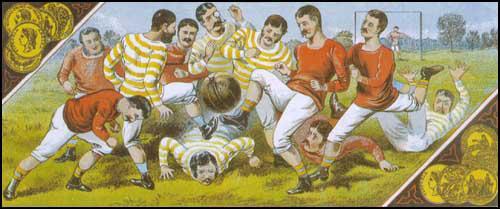
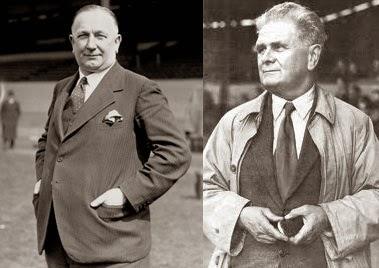
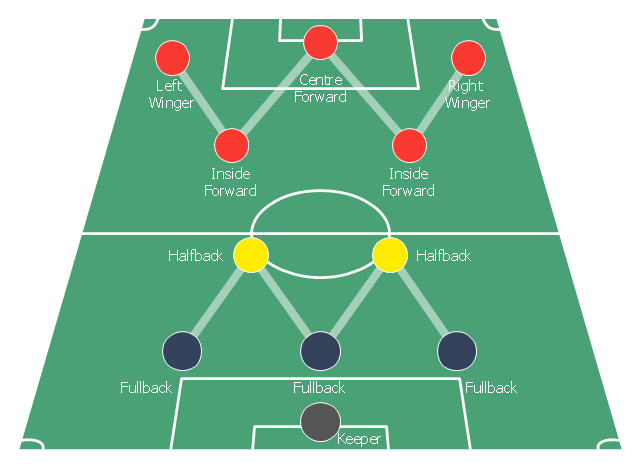



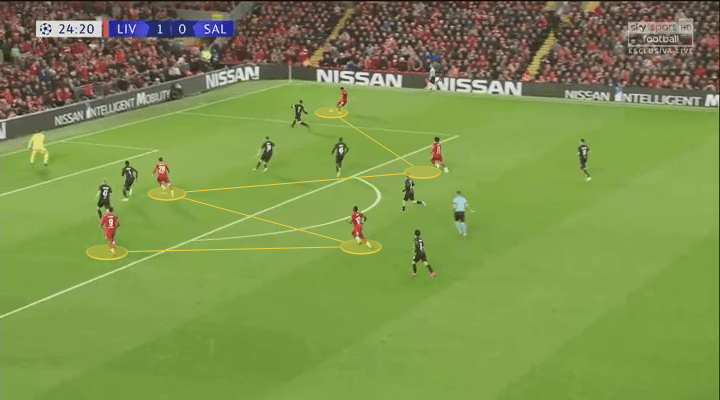
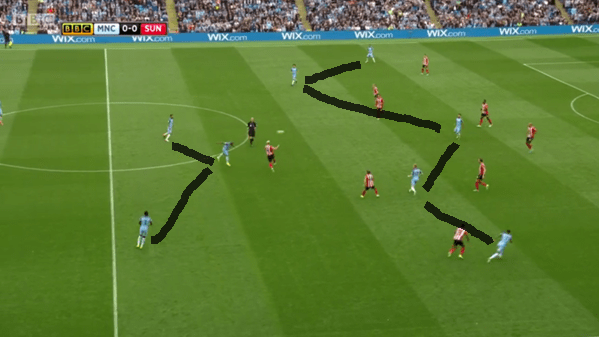

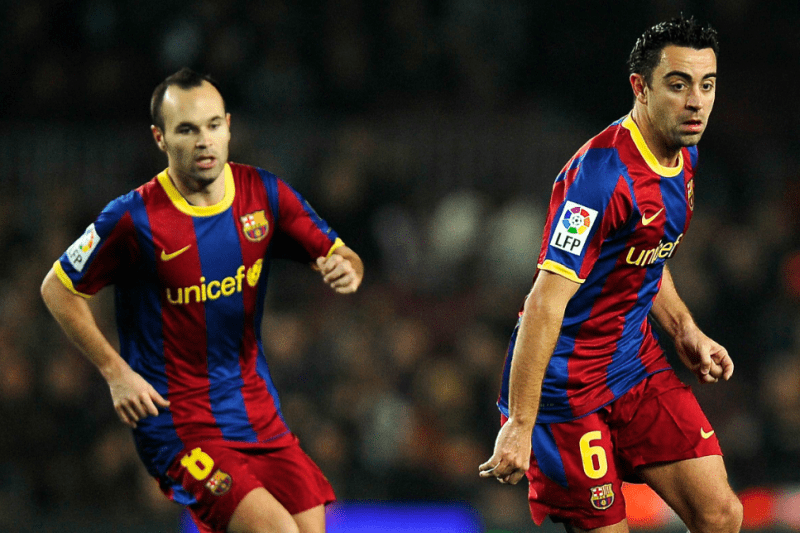










8 thoughts on “Total Football Journeyman: Back To Where It All Started”
Hi there I started using this tactic in the 2nd season, pre-season with Real Madrid and with 2 games into the new season I have lost my first two league games against teams that are due to finish in the bottom half of the table after spending my first league season unbeaten I am getting worried already. So what I want to know is do you use opposition Instructions with this tactic as I haven’t yet. Sorry for the long post.
I’m sorry to hear that. I don’t in fact use opposition instructions. But if you let your team learn the tactic, eventually they will get more fluid in it and results will improve. It takes time.
I used a similar approach but instead inside foward I used winger and DLF. I noticed that the team was too narrow and used winger help me to have more wide team. Also in transition, I added counter, pressing and quickly distribution. We defense narrow with a standard defense line, so when we recover the ball the first option are the wingers and the ball start to cross from one side of the pitch to another, beautiful football
That’s awesome! Glad that system works for you mate
I may have missed the explanation, but what is the reason for having your IWB in the DM strata and not the FB strata?
It’s actually because I wanted them to swap positions like the wingers. Swapping isn’t possible between fullback or defender strata positions.